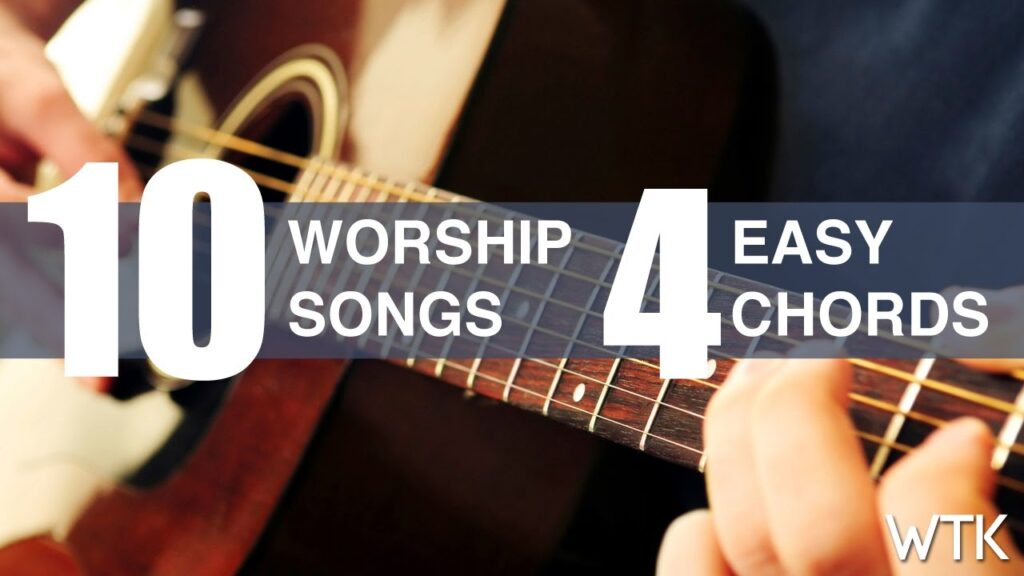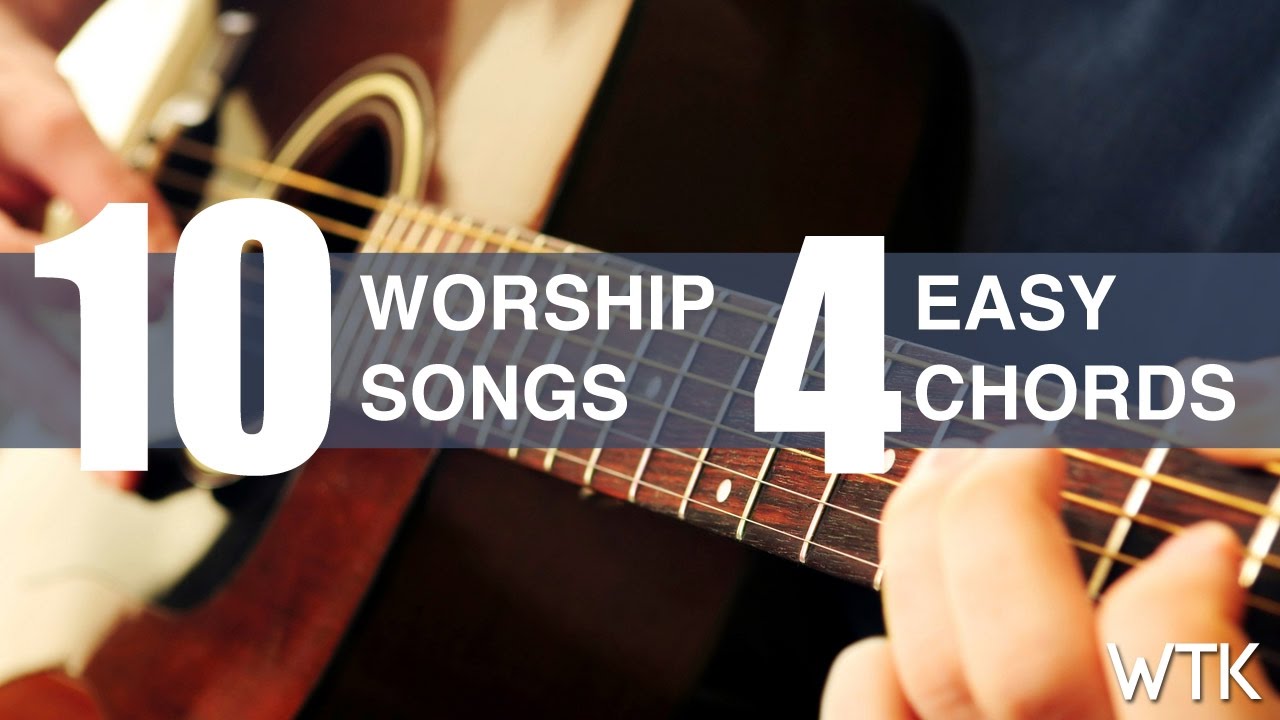
Your Ultimate Guide: Mastering Guitar for Worship Services
Are you feeling called to use your musical talents to enhance your church’s worship services? Learning to play guitar for worship can be an incredibly rewarding experience, both personally and spiritually. This comprehensive guide provides everything you need to start your journey, from foundational guitar skills to selecting the right gear and understanding the nuances of playing in a worship setting. We’ll equip you with the knowledge and resources to confidently lead or contribute to your church’s musical ministry.
Essential Foundations: Beginning Your Guitar Journey
Before diving into worship-specific techniques, it’s crucial to establish a solid foundation in basic guitar playing. This section covers the fundamental skills you’ll need to build upon.
Understanding Guitar Anatomy
Familiarize yourself with the parts of the guitar: the headstock, tuning pegs, nut, neck, fretboard, frets, body, bridge, soundhole (on acoustic guitars), pickups (on electric guitars), and controls. Knowing these components will help you understand how the instrument works and communicate effectively with other musicians.
Mastering Basic Chords
Start with essential open chords like E, A, D, G, C, and their minor variations (Em, Am, Dm). These chords form the backbone of countless worship songs. Practice transitioning smoothly between them. Many online resources and apps provide chord diagrams and tutorials. Focus on clean, clear sound from each chord.
Developing Strumming Patterns
Strumming is the rhythmic foundation of guitar playing. Begin with simple downstrokes, then incorporate upstrokes. Experiment with different rhythmic patterns to create variety and dynamics. Common strumming patterns for worship songs include down-down-up-up-down-up and variations thereof. Pay attention to the dynamics of your strumming, varying the intensity to match the mood of the song.
Learning Finger Exercises
Finger exercises improve dexterity, strength, and coordination. Simple chromatic scales (playing every fret on a string) and spider exercises (alternating fingers on different strings) are excellent starting points. Consistent practice, even for just 15-20 minutes a day, will significantly improve your playing.
Choosing the Right Guitar and Gear for Worship
Selecting the appropriate guitar and accessories is crucial for achieving the desired sound and playability in a worship setting. Different guitars and gear are suitable for different styles of worship music.
Acoustic vs. Electric: Which is Right for You?
Acoustic guitars are often favored for their natural, warm tone and simplicity. They are ideal for smaller venues or unplugged worship sets. Electric guitars offer greater versatility and control over tone, allowing for a wider range of sounds and effects. Consider the style of music your church plays and the overall sonic landscape when making your decision. Some churches use both, blending acoustic and electric guitars for a fuller sound.
Essential Accessories
Regardless of whether you choose an acoustic or electric guitar, you’ll need a few essential accessories: a tuner (clip-on tuners are convenient), a strap (for playing while standing), picks (experiment with different thicknesses to find what you prefer), a capo (for transposing songs to different keys), and a case (for protection and transport). For electric guitars, you’ll also need an amplifier and a cable.
Amplifier Selection (For Electric Guitars)
Choosing the right amplifier is crucial for achieving the desired tone with an electric guitar. Consider the size of your church’s sanctuary and the overall volume level. Smaller tube amps are often preferred for their warm, natural sound, while larger solid-state amps offer more power and headroom. Modeling amps provide a wide range of tones and effects, making them a versatile option.
Mastering Worship Guitar Techniques
Playing guitar for worship requires specific techniques and approaches that differ from other musical genres. This section explores key skills for creating a reverent and engaging atmosphere.
Playing with Dynamics
Dynamics are crucial for creating emotional impact in worship music. Use variations in volume and intensity to build tension, create moments of reflection, and emphasize key lyrical phrases. Practice transitioning smoothly between quiet, intimate passages and powerful, uplifting sections.
Utilizing Chord Voicings and Inversions
Experiment with different chord voicings and inversions to add texture and depth to your playing. Instead of always playing the standard open chord voicings, try using different fingerings or moving the chord shape up the neck. This can create a more interesting and nuanced sound.
Employing Capos Effectively
A capo allows you to transpose songs to different keys without changing the chord shapes you use. This can be helpful for accommodating different vocal ranges or for creating a brighter or darker sound. Experiment with using a capo on different frets to find the optimal key for each song.
Using Effects Pedals (For Electric Guitars)
Effects pedals can add texture, depth, and interest to your electric guitar playing. Common effects used in worship music include reverb, delay, overdrive, and chorus. Experiment with different combinations of effects to create unique and inspiring sounds. Use effects tastefully and avoid overusing them, as this can detract from the overall worship experience.
Building a Worship-Focused Repertoire
Choosing the right songs and arrangements is essential for creating a meaningful worship experience. This section provides guidance on building a repertoire that resonates with your congregation.
Selecting Songs that Resonate
Choose songs that are theologically sound, musically engaging, and relevant to your congregation. Consider the lyrical content, the overall message, and the musical style. Select songs that are easy to sing along to and that create a sense of unity and connection.
Creating Arrangements that Enhance Worship
Arrange songs in a way that enhances the worship experience. This may involve simplifying the chord progressions, adding instrumental breaks, or creating dynamic variations. Consider the overall flow of the service and arrange the songs accordingly. Consult with your worship leader and other musicians to create arrangements that are both musically satisfying and spiritually uplifting.
Learning New Songs Efficiently
Develop a system for learning new songs quickly and efficiently. This may involve using online resources, listening to recordings, or transcribing chord charts. Practice regularly and focus on mastering the essential elements of each song. Be prepared to adapt your playing to the specific needs of the worship service.
Understanding the Dynamics of Playing in a Worship Team
Playing in a worship team requires collaboration, humility, and a commitment to serving the congregation. This section explores the dynamics of working effectively with other musicians.
Communicating Effectively with Your Team
Clear communication is essential for a successful worship team. Be open to feedback, willing to compromise, and respectful of other musicians’ opinions. Communicate your ideas clearly and listen attentively to others. Practice together regularly and discuss any issues or concerns that arise.
Supporting the Vocals
The primary role of the guitar in a worship team is to support the vocals. Avoid playing overly complex or distracting parts that detract from the singers. Focus on providing a solid rhythmic and harmonic foundation for the vocals to build upon. Listen carefully to the singers and adjust your playing accordingly.
Listening to Other Instruments
Pay attention to the other instruments in the worship team and adjust your playing to complement their sounds. Avoid clashing with other instruments or playing in the same frequency range. Work together to create a balanced and cohesive sound that enhances the overall worship experience.
Practical Tips for Leading Worship with Guitar
Leading worship with guitar requires a unique set of skills and responsibilities. This section provides practical tips for leading effectively and engaging the congregation.
Choosing Keys and Transposing
Selecting the right key for each song is crucial for accommodating the vocal ranges of the congregation. Use a capo or transpose the chords to find the optimal key for each song. Be prepared to adjust the key on the fly if necessary.
Engaging the Congregation
Encourage the congregation to sing along by making eye contact, smiling, and using clear and simple chord progressions. Lead with confidence and enthusiasm, but avoid drawing attention to yourself. Focus on creating an atmosphere of worship and reverence.
Transitioning Smoothly Between Songs
Practice transitioning smoothly between songs to maintain the flow of the worship service. Use instrumental breaks or chord progressions to connect the songs and create a seamless transition. Be prepared to improvise if necessary.
Common Challenges and How to Overcome Them
Learning to play guitar for worship can be challenging, but with persistence and dedication, you can overcome any obstacles. This section addresses common challenges and provides solutions.
Dealing with Stage Fright
Stage fright is a common experience for musicians, but there are ways to manage it. Practice regularly, visualize success, and focus on connecting with the congregation. Remember that you are serving a higher purpose and that your role is to facilitate worship.
Managing Technical Difficulties
Technical difficulties can arise during a worship service, but it’s important to remain calm and professional. Have a backup plan in place and be prepared to troubleshoot any issues that arise. Communicate clearly with the sound technician and other musicians.
Maintaining Consistent Practice
Consistent practice is essential for improving your guitar playing skills. Set aside a specific time each day or week for practice and stick to your schedule. Focus on mastering the fundamentals and gradually building your skills. Don’t get discouraged if you encounter setbacks, but keep practicing and learning.
Review: Online Guitar Lesson Platforms for Worship
Several online platforms offer structured guitar lessons specifically tailored for worship music. These platforms often provide chord charts, tutorials, and backing tracks to help you learn new songs and improve your skills. Here’s a brief overview of some popular options:
- Worship Tutorials: Known for its extensive library of worship song tutorials and in-depth instruction.
- PraiseCharts: Offers chord charts, sheet music, and multitracks for a wide variety of worship songs.
- Ultimate-Guitar.com: While not exclusively worship-focused, it has a vast database of chord charts and tablature for countless songs, including many worship tunes.
Realizing Your Potential: A Final Word
Learning guitar for worship is a journey that requires dedication, practice, and a heart for serving God. By mastering the fundamentals, developing worship-specific techniques, and collaborating effectively with your team, you can create a meaningful and impactful worship experience for your congregation. Embrace the challenges, celebrate the successes, and never stop learning and growing as a musician and a worshiper. Remember that your musical talents are a gift to be used for God’s glory. We hope this guide has been helpful as you start or continue on your musical worship journey. Share your own tips and experiences with playing guitar in worship in the comments below!

